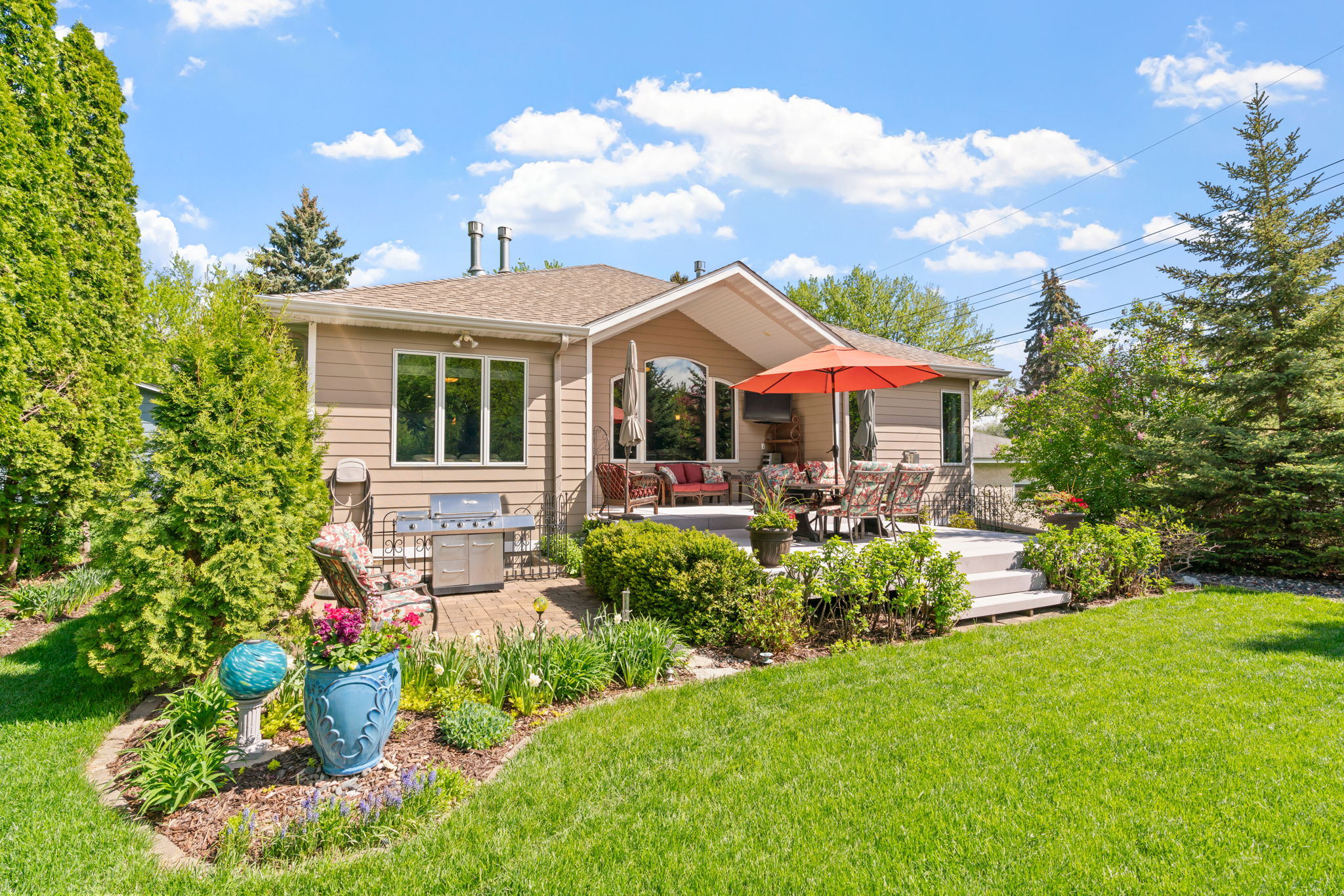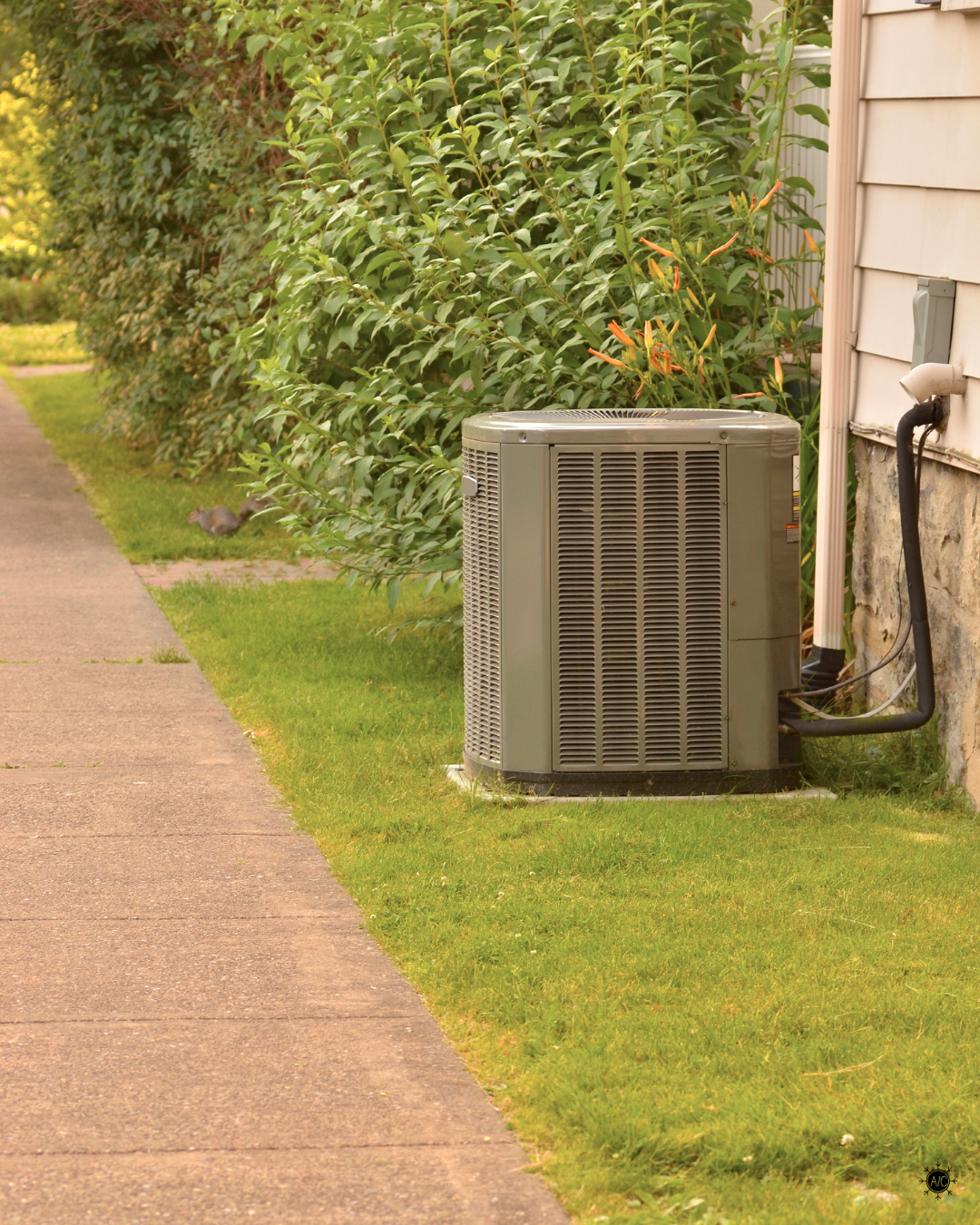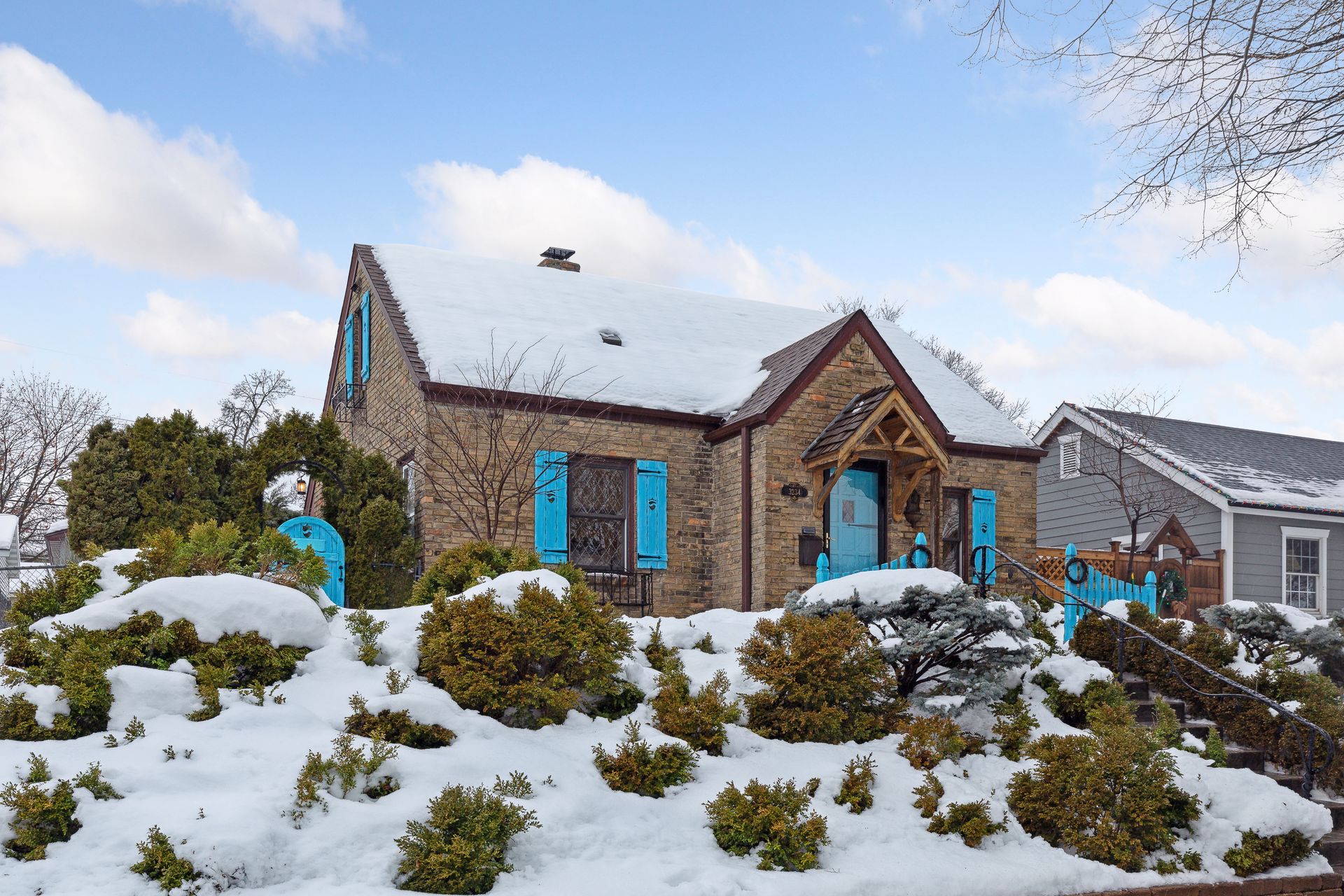As Minnesotans, we know all too well that winter can be harsh, unpredictable, and seemingly endless. While the snow and cold create beautiful landscapes, the frigid temperatures can wreak havoc on our homes if we’re not prepared. Winterizing your home is crucial to protecting it from potential damage and ensuring that you stay warm and cozy throughout the season.Here’s everything you need to know about how and when to start winterizing your home in Minnesota.When to Start WinterizingThe best time to start winterizing your home is in early to mid-fall. While some tasks, like sealing windows, can be done as temperatures drop, other tasks—such as checking your heating system—should be completed before the cold sets in. By preparing ahead of time, you’ll avoid the last-minute rush and ensure your home is protected before winter’s first real blast.Step-by-Step Winterizing Checklist1. Inspect and Clean Your Gutters Once the leaves have fallen, it’s essential to clean your gutters and downspouts. Clogged gutters can lead to ice dams, which can cause roof damage and leaks in your home. After cleaning, consider installing gutter guards to keep debris from accumulating.2. Seal Windows and Doors Drafty windows and doors are a major source of heat loss. Inspect all windows and doors for cracks or gaps, and use caulk or weatherstripping to seal them. If you have older windows, consider installing storm windows or applying plastic window insulation kits for an extra layer of protection.3. Check Your Heating System Before the temperatures drop too low, schedule a professional inspection for your furnace or heating system. Replace the filter, clean vents, and make sure everything is in working order. If your home uses a fireplace, now is the time to have the chimney swept and inspected to prevent any fire hazards.4. Protect Your Pipes Frozen pipes are a common problem in Minnesota winters and can lead to costly repairs if they burst. Insulate pipes in unheated areas, such as basements, garages, and crawl spaces. Additionally, disconnect garden hoses and shut off exterior faucets to prevent freezing. If you’re leaving your home for an extended period, keep the thermostat set at a minimum of 55°F to avoid frozen pipes.5. Reverse Your Ceiling Fans A simple yet often overlooked step: reverse the direction of your ceiling fans. Most fans have a switch that allows them to spin clockwise, which pushes warm air downward and helps circulate heat more efficiently.6. Test Smoke and Carbon Monoxide Detectors With more indoor heating and the use of fireplaces during the winter months, it’s essential to ensure your smoke and carbon monoxide detectors are functioning properly. Replace batteries and test each device to protect your home and loved ones.7. Check for Ice Dam Prevention Ice dams can cause serious damage to roofs, walls, and ceilings. To prevent them, ensure your attic is properly insulated and ventilated. Installing heat cables along the roofline can also help keep ice from forming.8. Inspect the Roof Winter can be tough on your roof, so take the time to inspect it for missing shingles, cracks, or any other signs of wear. Addressing these issues before winter hits can prevent leaks and other problems down the line.9. Store Outdoor Furniture and Equipment Don’t forget to bring in or cover outdoor furniture, grills, and garden tools. Snow and ice can damage these items over time. Also, winterize your lawnmower by draining the gas and checking for any maintenance needs.10. Stock Up on Winter Supplies While not a home maintenance tip per se, make sure you have essential winter supplies on hand. Stock up on salt or sand for your driveway and walkways, ensure your snowblower is in working order, and check that you have a good supply of shovels and ice scrapers ready for the first snow.Minnesota-Specific Winterization TipsMinnesota’s cold can be brutal, so consider these extra precautions for our specific climate:

Real Estate Tips & Advice
Achieve a Luxurious Landscaping Look Without Breaking the Bank
Creating a luxurious landscape doesn’t have to drain your wallet. With a bit of creativity and strategic planning, you can transform your outdoor space into





